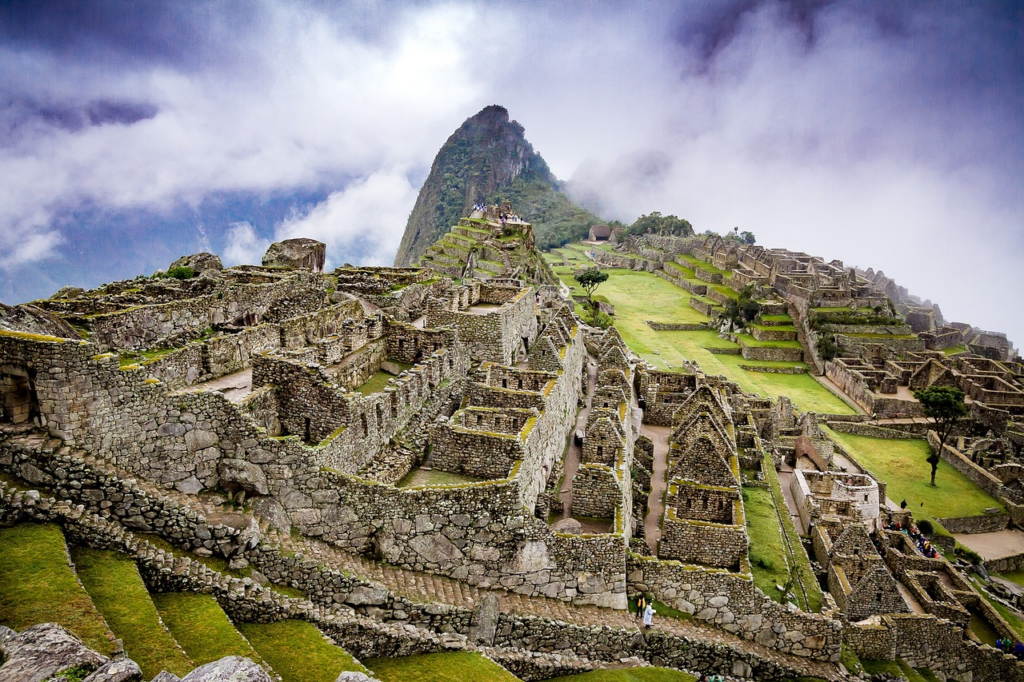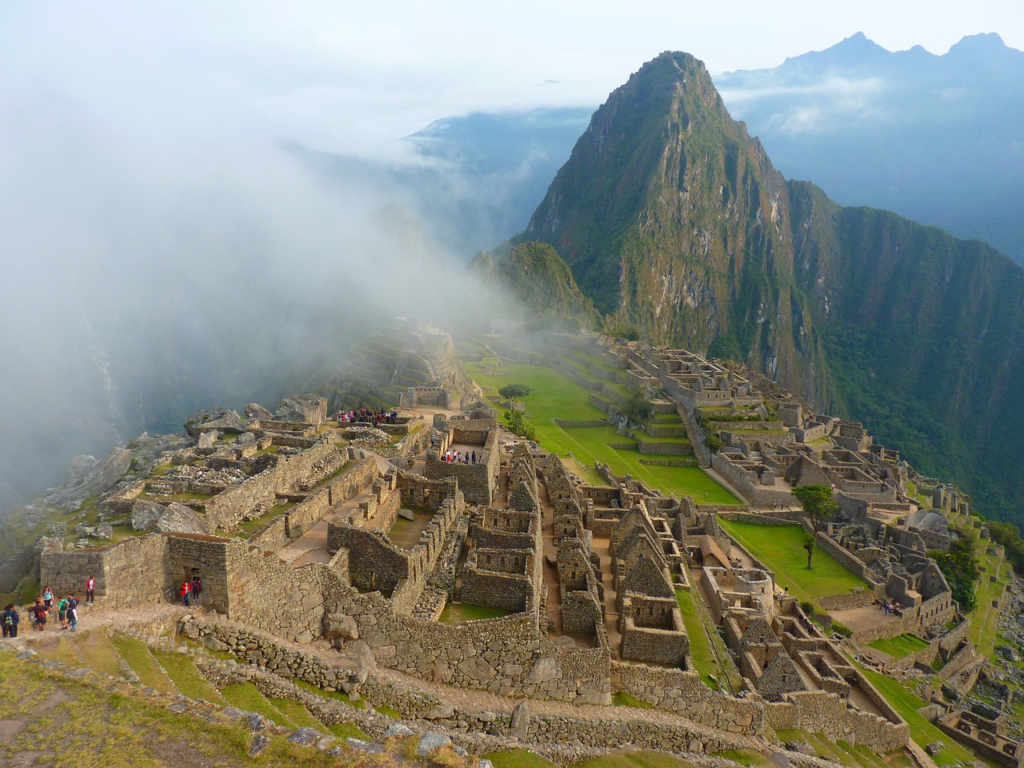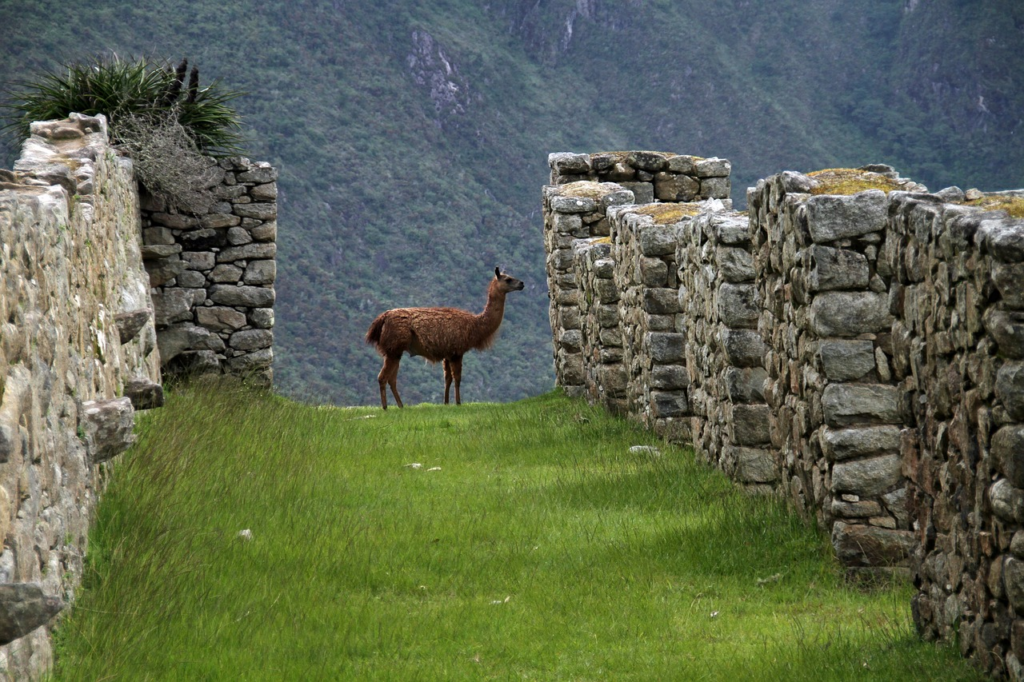Machu Picchu, one of the wonders of the modern world, is a destination that fascinates travelers from all over the world. Located in Peru, this lost city of the Incas is an impressive testimony to human ingenuity and natural beauty. However, planning a trip to Machu Picchu can seem like a challenging task, especially when it comes to budget and logistics.
How much do you spend on a trip to Machu Picchu?
Before embarking on this adventure, it is essential to have a clear understanding of the expenses involved. The cost of a trip to Machu Picchu can vary significantly, depending on factors such as the season of travel, type of accommodation, length of stay and personal preferences. Here are some common expenses to consider:
- Airline tickets: The price of airline tickets can vary depending on the time of year and how far in advance you book.
- Tickets to Machu Picchu: Tickets to Machu Picchu vary according to the time of year, type of entrance and nationality of the visitor. It is advisable to buy tickets in advance, especially during the high season months.
- Accommodation: There are a variety of accommodation options in Aguas Calientes, the base town for visiting Machu Picchu, ranging from budget hostels to luxury hotels. Prices vary according to comfort and location.
- Food: The cost of food can vary depending on your lifestyle and gastronomic preferences. Opting for meals in local restaurants or markets can be more economical than eating in tourist restaurants.
- Transportation: Transportation costs include train travel from Cusco to Aguas Calientes and the bus that takes visitors to the entrance of Machu Picchu.

What do I need to go to Machu Picchu?
Before starting your journey to Machu Picchu, it's important to make sure you have all the necessary documents and preparations. Here's a list of what you'll need:
- Passport: Make sure your passport is valid for at least six months after the date of entry into Peru.
- Visa: For most countries, a visa is not required to visit Peru as a tourist for up to 90 days.
- Vaccinations: Check for mandatory or recommended vaccinations for the region and make sure you are up to date with routine vaccinations.
- Travel Insurance: Although it is not compulsory, it is highly recommended to purchase travel insurance that covers medical expenses, emergency evacuation and trip cancellation.
- Physical preparation: Machu Picchu is located at a significant altitude, so it is important to be physically prepared to walk on uneven terrain and face changes in altitude.
How to put together an itinerary for Machu Picchu?
When planning your itinerary for Machu Picchu, take into account the time available, your personal preferences and the sights you want to visit.
Day 1: Arrival in Cusco
Explore the city of Cusco and familiarize yourself with the altitude.
Visit the Plaza de Armas and Cusco Cathedral.
Try Peruvian cuisine in one of the local restaurants.
Cusco, a charming and historically rich city located in the south-east of Peru, is often called the "navel of the world" or the "Imperial City". This designation reflects not only its geographical importance as the central point of the ancient Inca empire, but also its vital role in preserving Inca culture and heritage to this day.
History and Culture
Cusco was the heart of the Inca Empire, known as "Qosqo" in Quechua, and was one of the most important and influential cities in pre-Columbian South America. As the capital of the empire, Cusco was the religious, political and cultural center of the Incas, and its streets were lined with temples, palaces and magnificent squares. After the arrival of the Spanish in the 16th century, the city was partially destroyed and rebuilt by the conquistadors, resulting in a unique fusion of Inca and Spanish colonial architecture.
Day 2: Inca Trail or Sacred Valley
If you choose the Inca Trail, start walking early in the morning.
If you prefer the Sacred Valley, visit the ruins of Pisac, Ollantaytambo and Chinchero.
Day 3: Machu Picchu
Take the train from Cusco to Aguas Calientes.
Go up to Machu Picchu by bus and explore the archaeological site with a guide.
Take stunning photos of the terraces and the surrounding landscape.
Return to Cusco at the end of the day.
Machu Picchu is one of the most emblematic and mysterious archaeological wonders in the world, located high in the Peruvian Andes. This ancient Inca city is renowned for its impressive ruins, its stunning location and its aura of mystery and spirituality.
History and Discovery
Built in the 15th century during the height of the Inca Empire, Machu Picchu served as a sacred city and ceremonial center. However, after the Spanish conquest of Peru in the 16th century, the city was abandoned and remained virtually forgotten for the next few centuries. It was only in 1911 that the American explorer Hiram Bingham rediscovered the ruins of Machu Picchu, arousing the interest of the world and beginning a new chapter in the history of Peruvian archaeology.
Architecture and Structure
The ruins of Machu Picchu are made up of more than 200 structures, including temples, palaces, agricultural terraces and astronomical observatories. The city is divided into two main areas: the agricultural area, made up of terraces and irrigation systems, and the urban area, where the main religious and residential buildings are located.
How to get to Machu Picchu from Brazil?
Getting to Machu Picchu from Brazil involves a few steps and transportation options that travelers can consider.
1. Fly to Lima, Peru
Most travelers leaving Brazil for Machu Picchu choose to fly first to Lima, the capital of Peru. Lima is the country's main international entry point and offers a wide range of flights from various airlines. Brazil's main international airports, such as Guarulhos International Airport in São Paulo and Galeão International Airport in Rio de Janeiro, usually have direct flights to Lima.
2. Connection to Cusco
After arriving in Lima, travelers will need to take a domestic flight to Cusco, the closest city to Machu Picchu. Cusco is a historic and charming city, known for its Spanish colonial architecture and for being the starting point for many adventures in the Cusco region and the Sacred Valley of the Incas. The flight from Lima to Cusco takes approximately one hour.
3. Transportation options from Cusco to Aguas Calientes:
From Cusco, travelers have a few options for reaching the town of Aguas Calientes, the starting point for Machu Picchu:
- Train: The most popular option is to take a train from Cusco (or Poroy station, just outside Cusco) to Aguas Calientes. There are several train companies operating this route, such as PeruRail and IncaRail. The trains offer a scenic and comfortable experience, with breathtaking views of the surrounding mountains and valley.
- Inca Trail: An exciting alternative to reaching Machu Picchu is to take one of the Inca trails, such as the Classic Inca Trail or the Short Inca Trail. These trails offer a unique trekking experience, passing through stunning landscapes, ancient Inca ruins and tropical forests. However, it is important to book in advance, as permits for the trails are limited and often sell out quickly, especially during the high season.
4. Bus to Machu Picchu
From Aguas Calientes, travelers can take a bus to the entrance of Machu Picchu. Buses leave regularly throughout the day and take around 25 minutes to reach the archaeological site. It's important to arrive early to avoid queues and make the most of your time at Machu Picchu.
Places to visit in Machu Picchu
In addition to the city of Machu Picchu itself, there are other places of interest in the region that are worth exploring:
Huayna Picchu
Huayna Picchu, also known as Wayna Picchu in Quechua, is the imposing mountain that rises above the ruins of Machu Picchu, creating an iconic landscape that is recognized the world over. This steep mountain is one of the most popular attractions for visitors to Machu Picchu, offering spectacular views of the citadel and the surrounding mountains.
Geographical characteristics
Huayna Picchu rises to a height of approximately 2,720 meters above sea level, some 360 meters above the level of the ruins of Machu Picchu. Its distinctive shape and sharp peaks create an impressive silhouette that is a striking feature of the Machu Picchu skyline.
Huayna Picchu Trail
One of the most exciting experiences for visitors to Machu Picchu is hiking the Huayna Picchu trail. This winding and challenging trail winds along the steep mountainside, passing through steep stone steps, narrow tunnels and narrow passages. The hike to the top takes around 1 to 2 hours, depending on your pace and the weather conditions.
Machu Picchu Mountain
Machu Picchu Mountain is one of the two mountains that dominate the skyline of the Machu Picchu citadel, the other being Huayna Picchu. The mountain is given this name, which means "Old Mountain" in Quechua, to distinguish it from the adjacent Huayna Picchu, which means "Young Mountain". Although Huayna Picchu is more famous among tourists, Machu Picchu Mountain offers an equally impressive and challenging experience.

Geographical characteristics
Machu Picchu Mountain is located to the north of the Machu Picchu citadel and rises to an altitude of approximately 3,082 meters above sea level. It is higher than Huayna Picchu, making it an attractive option for visitors who want to enjoy panoramic views of the citadel and the surrounding landscape.
Machu Picchu Mountain Trail
The trail to the summit of Machu Picchu Mountain is less steep and technically less challenging than the Huayna Picchu trail. However, it is still a demanding hike that requires good physical conditioning and adequate preparation. The trail winds through lush vegetation and passes ancient Inca stone staircases, offering hikers a unique view of the ruins of Machu Picchu as they climb.
Inca Bridge
The Puente Inca, or Inca Bridge in Portuguese, is an ancient stone bridge located near the town of Machu Picchu in Peru. This bridge is one of the many impressive structures that the Incas built in the region and is a testament to the ingenuity and architectural skill of this ancient civilization.
Characteristics of the Inca Bridge
The Inca Bridge is a suspension bridge made entirely of carefully crafted and laid stones. Its construction is notable for not using any kind of mortar or cement to join the stones together, but rather for the precision with which they were cut and fitted together to form a solid structure. The bridge crosses the Urubamba River and was built for transportation and communication purposes between the different parts of the Inca empire.
Use and meaning
The Inca Bridge played an important role in the Inca road network, which connected the different regions of the empire and facilitated the transportation of goods, troops and messengers. The bridge also had a symbolic and religious significance for the Incas, who revered nature and considered mountains, rivers and bridges to be sacred.
Preservation and Access
Today, the Inca Bridge is a popular tourist attraction for visitors to Machu Picchu. Although the bridge is no longer used for transportation, its well-preserved structure and picturesque location attract tourists interested in the history and culture of the Incas. Visitors can access the bridge via a trail that winds through the lush landscape around Machu Picchu, offering breathtaking views of the Urubamba River and the surrounding mountains.
A trip to Machu Picchu is a unique and unforgettable experience that requires careful planning. By considering the possible expenses, the necessary preparations, drawing up an itinerary and transportation options, you'll be well prepared to make the most of your journey to this archaeological wonder of the Incas. Get ready to be enchanted by the grandeur and beauty of Machu Picchu!
See also: How long does a round-the-world cruise take? See the duration
April 1st, 2024

She has a degree in Literature - Portuguese/English, and is the creator of the Escritora de Sucesso website. As a writer, she seeks to expand everyone's knowledge with relevant information on various subjects. At Trend-Topics, she brings news and content ranging from entertainment to the country's economic situation.






